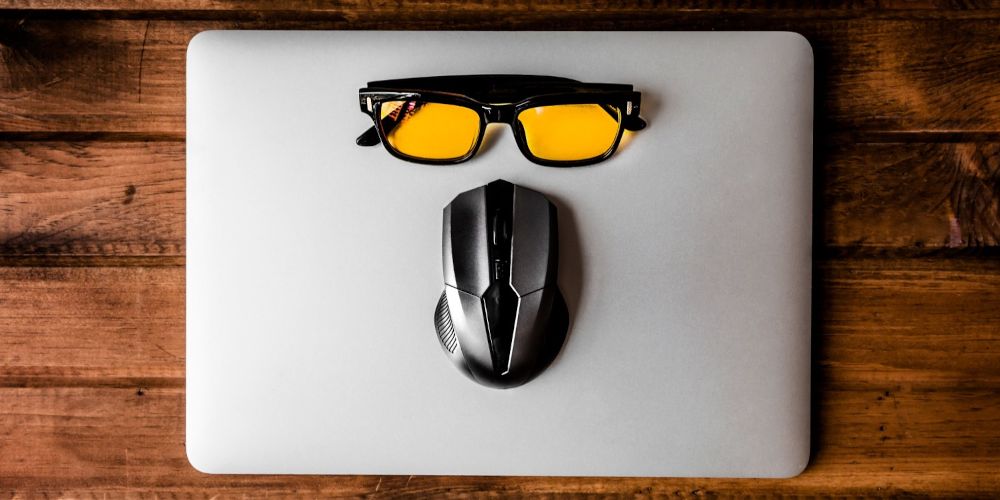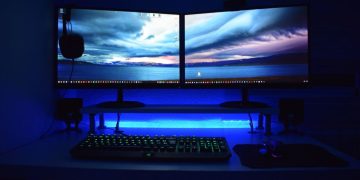Every time you go online in Call of Duty or Apex Legends, you always fall behind in kills.
While your friends rack up the points, you're the lowest performer on the team. You just can't seem to get the hang of speedy headshots like more experienced players.
If that sounds like you, don't feel bad. I struggled for years before learning how to get my first killstreak.
That said, you can always improve your skills. These tips will help you aim better and get more kills in shooters.
1. Don't Bother With Aim Trainers
You might be tempted to use aim trainers to get better in shooters, but aim trainers are completely pointless. While some gamers swear by this method, it just doesn't make sense to spend hours practicing with them.
Aim trainers help you with your aim and accuracy in general—this doesn't translate to the game that you're playing. Aiming systems change from game-to-game, and using an aim trainer doesn't cover all those bases.
Although you might find yourself constantly landing headshots in your aim trainer, you likely won't retain that skill in actual games.
Instead of using an aim trainer, you should practice in the actual game. Enter an empty lobby, and start practicing your aim. That way, you'll get a feel for the shooting system in that particular game.
2. Adjust Your Mouse DPI
DPI, or dots per linear inch, can sabotage your gameplay if set at the wrong level. The DPI of your mouse measures the number of pixels that the cursor moves when you shift your mouse.
When your mouse is set at a high DPI, your cursor requires less mouse movement in order to cross the screen.
While this may seem like an advantage, a sensitive mouse can actually make your aim worse. Once you set your sights on a character, one accidental tap to your mouse can completely throw off your aim.
Setting your mouse at a lower DPI means you'll have to put in more effort to move the cursor. When aiming at an enemy, you won't have to worry about an extra-sensitive cursor messing up your headshot.
If you're looking for an exact DPI to set your mouse at, you probably won't find it. DPI suggestions vary by player, and it all comes down to your own playstyle. Experimenting with different DPIs can help you find the most comfortable setting for you.
3. Keep Your Crosshair Placement Consistent
When you're in an FPS game, you have to stay ready at all times. If you run around the map keeping your gun pointed downwards, it'll take you longer to aim and shoot.
You need to pick up the habit of keeping your crosshairs at the chest and head level of your enemy. This saves you from wasting your time lifting your gun. Keeping your crosshair position consistent can increase your speed, improve your aim, and get you more kills.
4. Stay Calm and Don't Rush
You might notice other players moving quickly, but that doesn't mean you have to do that as well. Rushing can make your gameplay much worse. The truth is, you just might not be ready to play at such a fast pace.
Learning to improve your aim before focusing on speed will get you more kills. You'll become much more accurate by taking the time to line up your crosshairs. Sure, you might miss out on certain shots by maintaining a slower pace, but at least you won't wave your crosshairs around as much.
You should also make sure not to abuse the sprint mechanic in the game. While sprinting to get away from an enemy is understandable, sprinting to move a short distance costs you a ton of time. Since the game automatically lowers your weapon while sprinting, it takes more time to lift your gun and make a quick shot.
5. Keep Practicing
Unfortunately, there's no magical cure for bad aim. The best way to get better at aiming is to choose a specific game and keep playing it.
You may think this concept sounds simple, and it is—you're bound to see improvement if you play the game for at least an hour a day. Once you implement the above techniques, keep practicing them in-game.
Improve Your Kill Score
If you find that you're not making any progress, don't give up. Aiming in PC games isn't easy, and you'll find yourself slowly improving over time.

